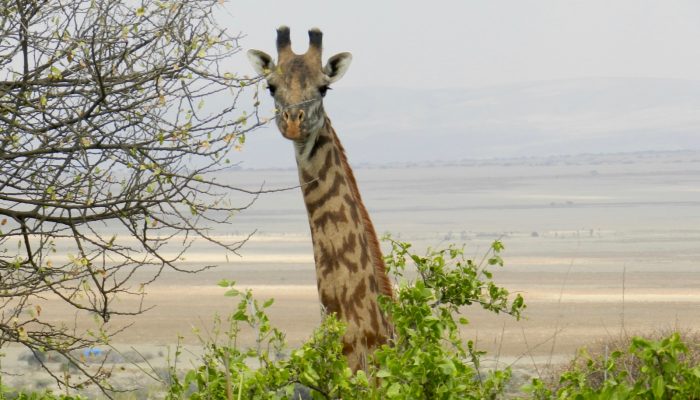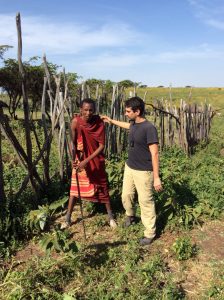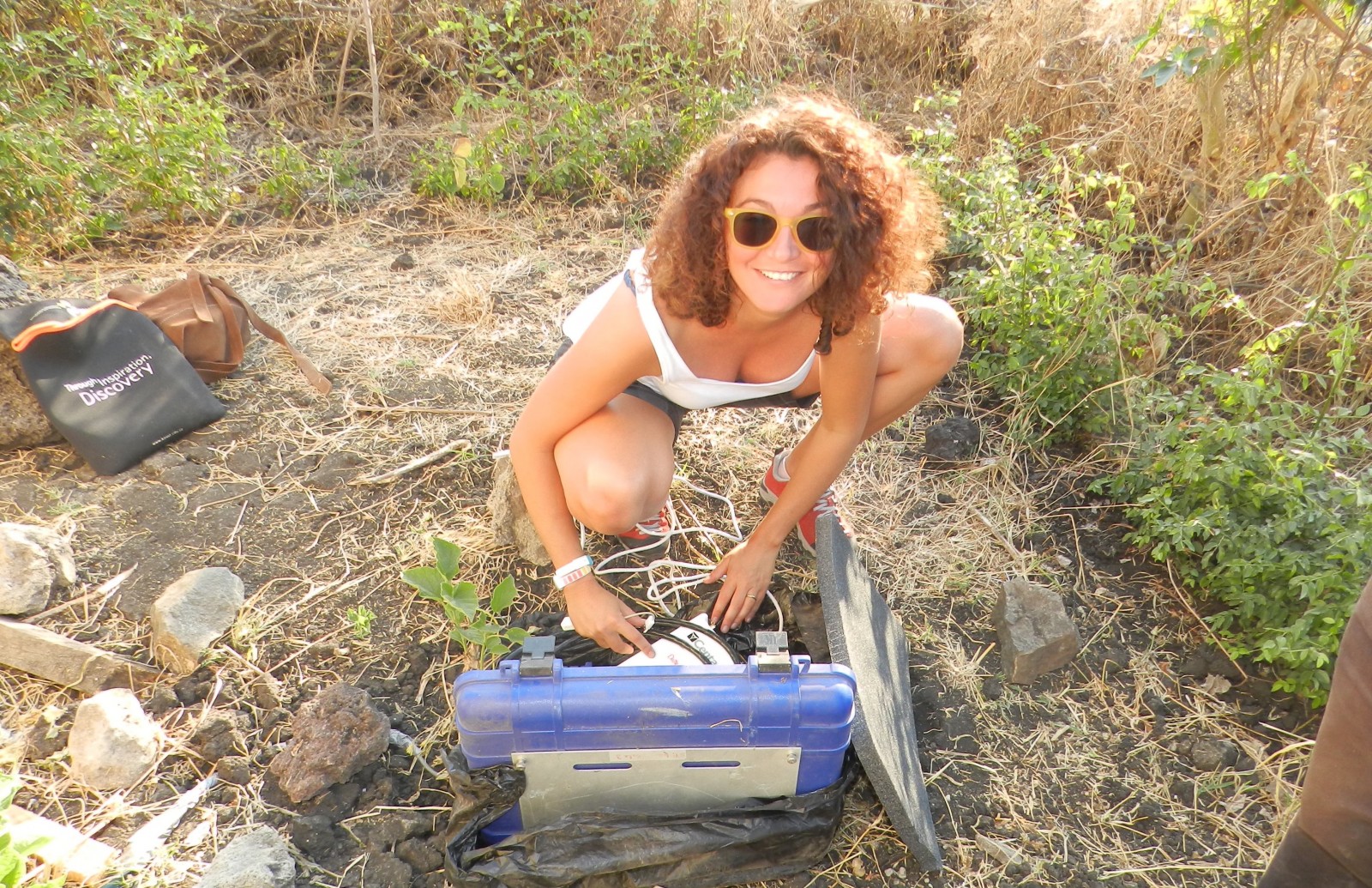
I have just been asked: “do you shun field work as most seismologists do?” My answer was “Definitely not!”.
I was trained as a geologist but my PhD in computational seismology kept me away from the field for a while. Yet, today I have a story to tell you as I am just back from my first seismological field trip. Two months ago my research group deployed a network of seismic stations in one of the most magical places in the world, the Ngorongoro Conservation Area (NCA), in north Tanzania. The UNESCO World Heritage Site of NCA is situated west of the Eastern branch of the African rift. It includes the Oldupai Gorge—one of the most important paleoanthropological sites in the world—and it is the home of a unique fauna.
A few weeks ago my supervisor asked if there were volunteers to go to check the health status of our network and collect the first seismic recordings. Volunteers? Does one really need to ask? While one of my hands was up, the other was already packing! Of course I was ready to go into the wild to check the status of stations that would have provided the data for my post-doc project. Not even for one moment I worried about the tough life conditions I was going to encounter during the trip.
I flew to Kilimanjaro airport where I met another member of my group, Luigi Lombardo, and our driver, Joseph Masoy. My trip was even longer than expected but my mood never got low. We spent the night in Arusha, the closest city to our research area, and the day after we headed to NCA. My first “WOW” was for the rift fault line one can see before reaching the gate of the park. A (future) plate boundary was in front of us highlighting the importance of seeing the subjects of our studies/work in the field, for real!
At the entrance of the park, the forest and its baboons crossing the street without any fear of the cars around welcomed us. In the other parts of the park we visited, the savannah was the dominating ecosystem where zebras, giraffes, buffalos, ostriches and a few species of gazelles can be seen without difficulties. Most of our time was spent driving around the park to visit one by one the sites of our seismic stations. Driving around the park it is actually a safari and we have to thank our driver that helped us to spot some less common wild animals such servals, wild cats and some peculiar birds I will never remember the names!
Apart from some stations installed in public infrastructures (e.g., schools, local authorities), most of our stations are located within Maasai bomas. A boma is a small group of huts where one or more Maasai families live together with their goat, sheep, cows and donkeys. Many Masaai don’t even speak the language commonly spoken in Tanzania, but just their own language. Thus, we went visiting our bomas together with our Masaai guide, Larahu, one of the wisest men I have ever met in my life! We don’t only had the opportunity to work side by side with Maasai people but we had some taste of their culture and we were allowed to visit some of their huts!
Maasai people are great workers and we had a funny evidence of it! After the installations of the stations, the involved Maasai families were asked to build a physical protection around the site against wild and domestic animals. In one of the our site, the fence built by our Maasai friends was so dense and high that the solar panel was in the shadow… and the battery of our station dead! Nevertheless, after explaining the problem to our Maasai collaborators, they lowered the fence and helped us to build a higher support for the solar panel in less than a couple of hours!
After solving the power issue and bringing the stations back to life, we saw—almost in real time—a small earthquake in our recordings. I was so excited that I wanted to show it to our Maasai friends. Thus, asking to our guide to translate, I tried to explain them what that weird figure in the laptop was. They smiled, but I cannot say what they actually gained by my explanation!
On July 13 2016 a M5.1 earthquake occurred in Tanzania, about 250 km south from our network. At that time our instruments were already recording. I am not ashamed to admit the suspense and excitement I felt from the earthquake occurrence (or from the moment in which it appeared in the global catalogues) to our visit at the first station. After checking that the station was properly working, I downloaded the data in our field laptop, converted them in a more convenient format and plotted the so much desired time series.
This was done while I was sitting on a dusty ground, surrounded by dog puppies, chickens and children jumping on me! But the efforts were rewarded: the July 13 2016 M5.1 Tanzania earthquake was there, recorded by our station, and I feel happy!
Although during my time spent in the field I had to renounce to the comfortable lifestyle I am used to (e.g., I had to shower with hot water warmed on the fire and brought to me in a bucket), I had the best working week of my life!
I understand that seismology field work can be physically harder than my experience in Tanzania, but I do believe that seismology, and life, are also out there, not just in front of our codes, equations and super powerful workstations…
Did you also have a beautiful seismology field experience? Or perhaps did you have some very unpleasant but funny field trips you want to share with us? If so, tell us your story in the comments below or in new post to be published in our blog (contact us at ecs-sm@egu.eu).




